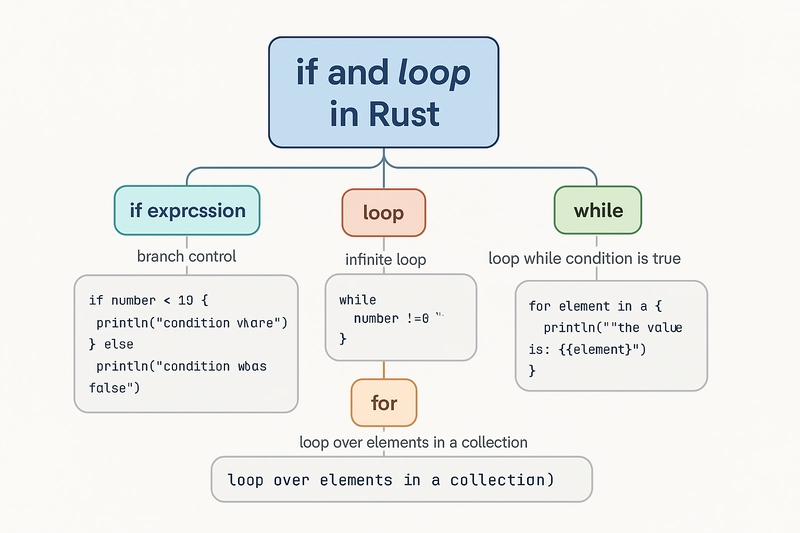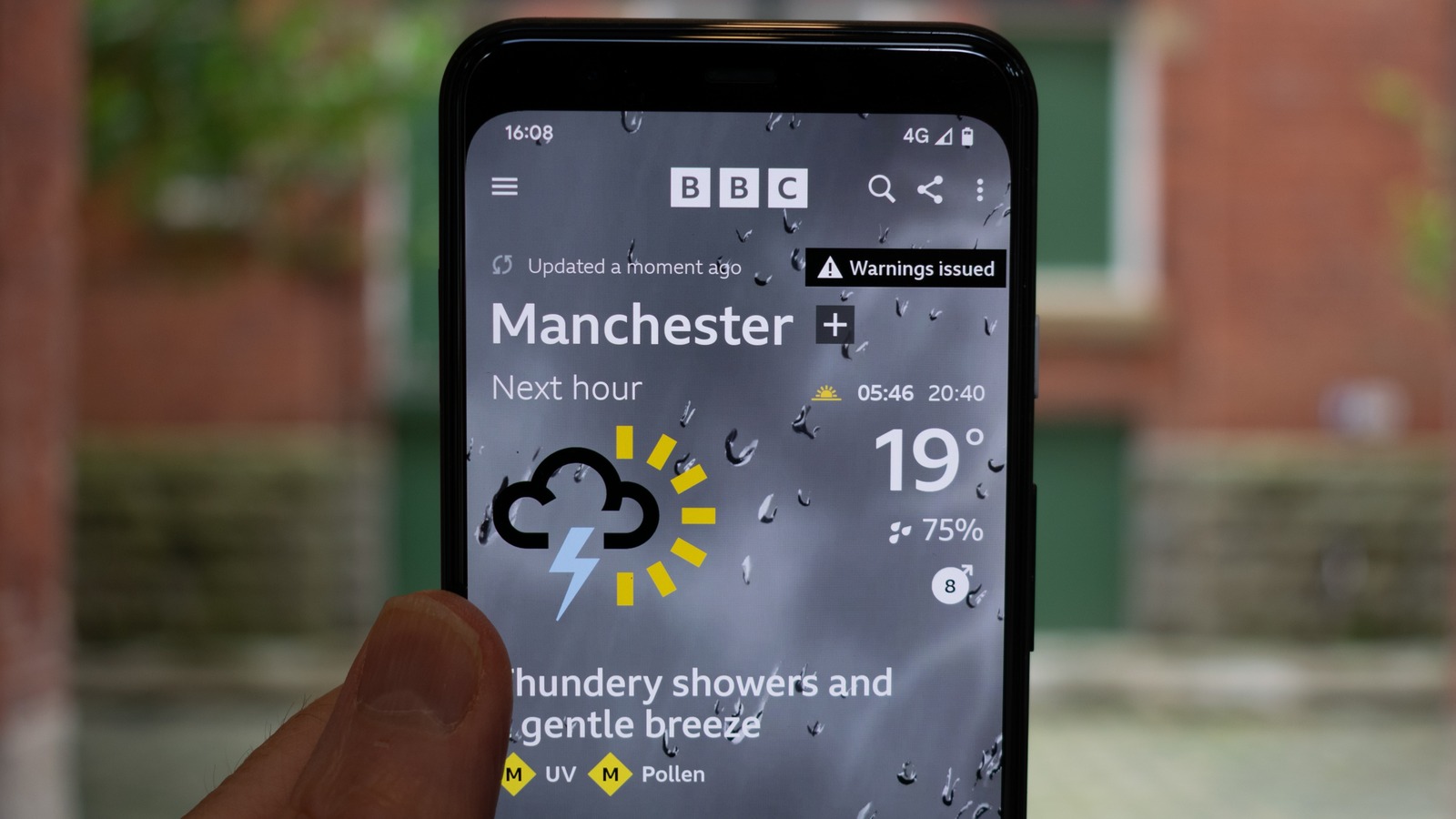Setup Javascript HTTP with Node.js
Did you know you can use a custom HTTP server to run your node.js application? Usually, the app is initialized with npm or npx. A server.js file is usually used for more fine-grained control over the HTTP requests. Simply create a new server.js file in your project root. A basic template: server.js // Import the required modules const { createServer } = require('http'); const { parse } = require('url'); const next = require('next'); // Set the port const port = process.env.PORT || 3000; // Enable/disable development mode const dev = process.env.NODE_ENV !== 'production'; // Create the Next.js app const app = next({ dev }); // Handle HTTP requests const handle = app.getRequestHandler(); app.prepare().then(() => { createServer((req, res) => { // Retrieve the IP const ip = req.headers['x-forwarded-for'] || req.connection.remoteAddress; // Retrieve the hostname/domain and subdomain const hostname = req.headers.host.split(':')[0]; const domain = hostname; const subdomain = hostname.split('.')[0]; // Retrieve the URL const url = req.url; // Parse the request URL const parsedUrl = parse(req.url, true); return handle(req, res, parsedUrl); }).listen(port, err => { if (err) throw err; console.log('> Ready on http://localhost:' + port); }); }); Execute the script: root@root: node server.js

Did you know you can use a custom HTTP server to run your node.js application?
Usually, the app is initialized with npm or npx.
A server.js file is usually used for more fine-grained control over the HTTP requests.
Simply create a new server.js file in your project root.
A basic template:
server.js
// Import the required modules
const { createServer } = require('http');
const { parse } = require('url');
const next = require('next');
// Set the port
const port = process.env.PORT || 3000;
// Enable/disable development mode
const dev = process.env.NODE_ENV !== 'production';
// Create the Next.js app
const app = next({ dev });
// Handle HTTP requests
const handle = app.getRequestHandler();
app.prepare().then(() => {
createServer((req, res) => {
// Retrieve the IP
const ip = req.headers['x-forwarded-for'] || req.connection.remoteAddress;
// Retrieve the hostname/domain and subdomain
const hostname = req.headers.host.split(':')[0];
const domain = hostname;
const subdomain = hostname.split('.')[0];
// Retrieve the URL
const url = req.url;
// Parse the request URL
const parsedUrl = parse(req.url, true);
return handle(req, res, parsedUrl);
}).listen(port, err => {
if (err) throw err;
console.log('> Ready on http://localhost:' + port);
});
});
Execute the script:
root@root: node server.js










































































































































































![[The AI Show Episode 142]: ChatGPT’s New Image Generator, Studio Ghibli Craze and Backlash, Gemini 2.5, OpenAI Academy, 4o Updates, Vibe Marketing & xAI Acquires X](https://www.marketingaiinstitute.com/hubfs/ep%20142%20cover.png)



























































































































![[DEALS] The Premium Learn to Code Certification Bundle (97% off) & Other Deals Up To 98% Off – Offers End Soon!](https://www.javacodegeeks.com/wp-content/uploads/2012/12/jcg-logo.jpg)


![From drop-out to software architect with Jason Lengstorf [Podcast #167]](https://cdn.hashnode.com/res/hashnode/image/upload/v1743796461357/f3d19cd7-e6f5-4d7c-8bfc-eb974bc8da68.png?#)








































































































.png?#)


































_Christophe_Coat_Alamy.jpg?#)
 (1).webp?#)






































































































![iPhone 17 Pro Won't Feature Two-Toned Back [Gurman]](https://www.iclarified.com/images/news/96944/96944/96944-640.jpg)
![Tariffs Threaten Apple's $999 iPhone Price Point in the U.S. [Gurman]](https://www.iclarified.com/images/news/96943/96943/96943-640.jpg)





































































































































